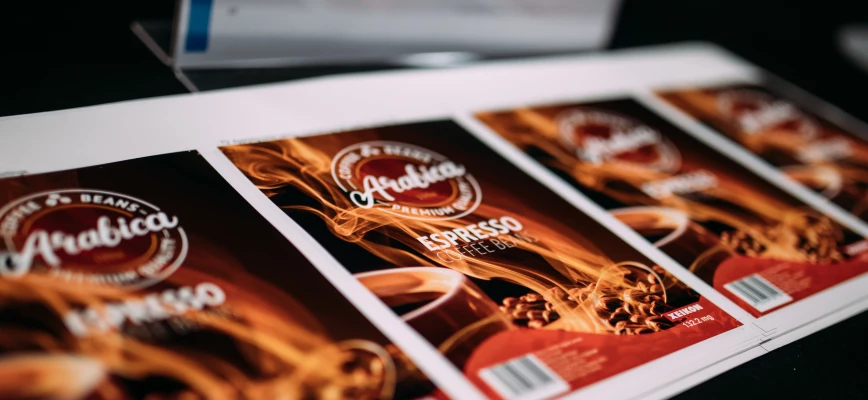6 frequently asked questions about short-run label printing
-
1. Is short-run label printing economically viable?
Yes, if you print short runs digitally, it is more cost efficient than using conventional flexo presses. Generally speaking, because digital presses don’t require printing plates, setup costs are virtually non-existing. However, operating a digital press is probably more expensive than a conventional press for long-run static work. Then again, it is cheaper for short-run jobs. In other words, if you are a long-run printer who rarely takes on short-run jobs a digital press might not be the best investment. If your short-run jobs are increasing incrementally, then by all means, go for it!
-
2. How can short-run label printing help me expand my business?
Acquiring a digital press for short-run jobs is a clever investment as it will present you with a whole bunch of new business opportunities that were just not possible with conventional technology. For example, all Xeikon toners developed for label and packaging applications (QA-I, ICE and Cheetah) are food-approved, i.e. all process colors and off-the-shelf spot colors comply with FDA guidelines for indirect food contact and certain direct food contact situations. Another advantage is the fact that our toners are odorless, which is a requirement for certain food applications, such as chocolate packaging.
-
3. Can I build a self-sustainable business around short run labels?
If you are or not involved with full color label printing today this is not a pre-requisite for starting a business around digital printing. The more difficult part is finding a route to market and getting an idea of how to sell your labels. Producing the jobs on a digital press is many times easier as it requires less knowhow of the printing process compared to conventional printing. Many companies have already proven to succeed in pursuing this kind of business model, since there is such great demand. You do need to pay attention to the selection of your digital press. It's not the size that matters but the functionality. For example, the ability to print on standard materials is important to keep the costs down. Keep in mind that smaller, seemingly easier systems might seem tempting but they aren’t sufficient in the long run.
-
4. Do digitally printed labels have the same quality benchmark as flexo printed labels?
Digital print quality is certainly as good as flexo or offset print quality. For some jobs, digital presses even surpass the conventional presses. The quality of digital machines in the future will continue to improve so that argument against digital technology really is off the table.
-
5. How come digital presses handle print variation more cost-effectively than flexographic presses?
With digital technology changes can be done on-the-fly. The operator makes the necessary adjustments and the digital equipment does the rest. Often the machine won’t even have to stop. Conventional technology requires new plates for each variation – that in itself costs a lot of money, let alone the extra setup time it requires for each job.
-
6. What if I want to print short-run jobs on a flexo press?
You can but it will make you less profitable, which is something you should not accept. The time and resources needed to prepare the plates and set-up the press will lead to unacceptable turnaround times, production costs for your customers. If you really want to tackle short-run jobs effectively, a digital press is your best option. Alternatively, printing long-run jobs on a digital press isn’t as economically viable as doing the same job with conventional technology. The best advice we can give is always to choose the best technology for the job.



